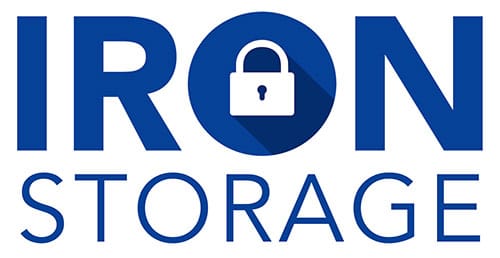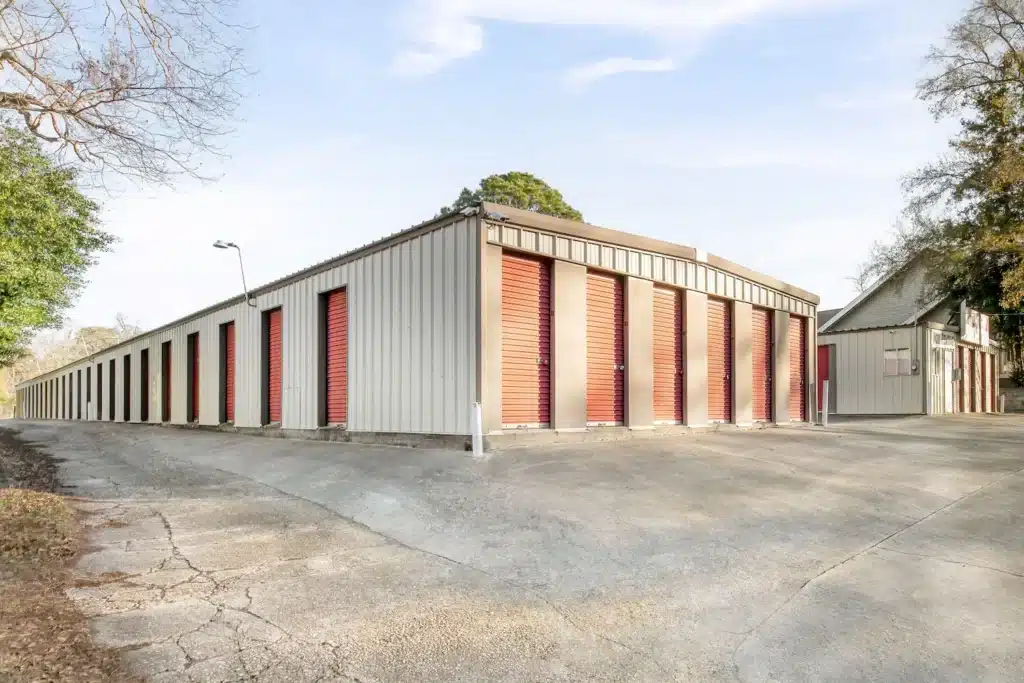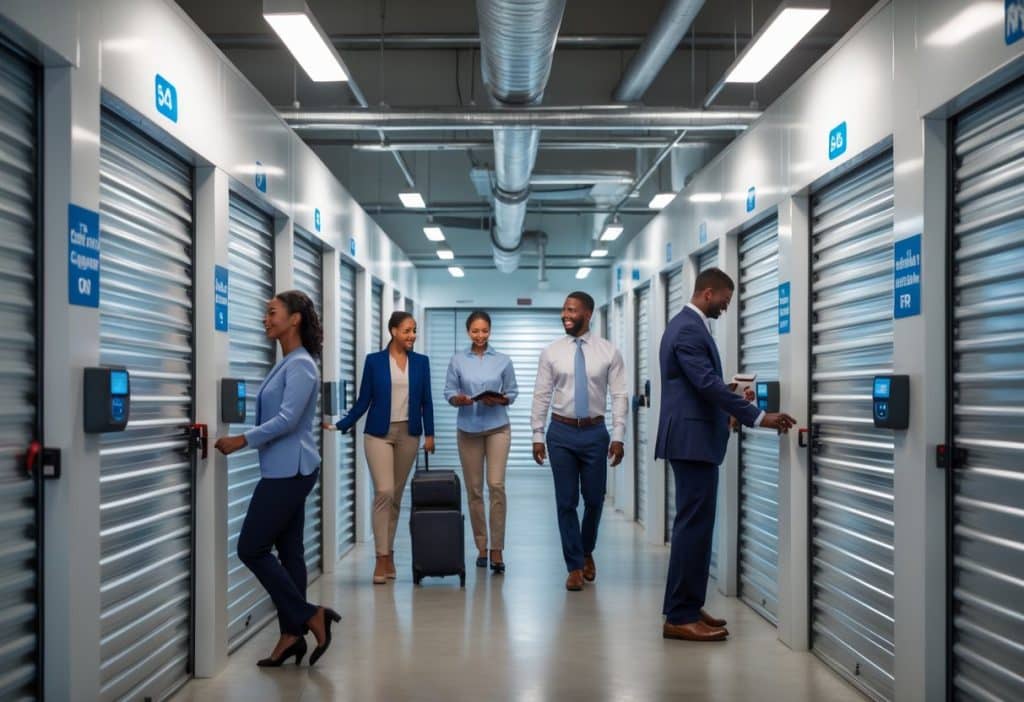Self storage facilities provide individuals and businesses with a convenient and flexible solution for storing their belongings. So, how does self storage work? Let’s explore the process in detail.
When Do People Need Self Storage?
When individuals or businesses require additional storage space, they can turn to a self storage facility. These facilities offer storage units of various sizes that can be rented on a month-to-month basis.
Self storage facilities have become increasingly popular over the years, serving as a convenient solution for individuals and businesses alike. But when do people actually need self storage? Let’s take a look at some common scenarios where self storage becomes a valuable option.
One common reason people turn to self storage is during a move. Moving can be a hectic and stressful process, and having temporary storage space can make the transition smoother. Whether downsizing to a smaller home or experiencing a gap between moving out and into a new residence, self storage provides a secure place to store belongings until they can be properly sorted and settled in the new location.
Another situation where self storage becomes necessary is during a home renovation or remodeling project. Renovations often require clearing out furniture, decor, and personal items from the affected areas. Rather than cluttering up the home or risking damage to belongings, many people opt to store their items in a secure and accessible self storage unit until the renovation is complete. This not only protects their belongings but also allows for easier movement and construction during the renovation process.
For individuals or families facing a temporary or long-term relocation due to work or personal reasons, self storage offers a safe place to store belongings while away. Whether it’s a short-term job assignment in a different city or an extended travel adventure, self storage ensures that personal belongings are stored securely and can be retrieved when needed.
Businesses also benefit from self storage in various ways. For small businesses or startups with limited office space, self storage can provide an affordable solution for storing excess inventory, equipment, or documents. Rather than cluttering up the workspace, these items can be safely stored offsite but remain easily accessible when required.
Retailers often utilize self storage during seasonal fluctuations. From holiday decorations to seasonal inventory such as clothing or outdoor equipment, self storage allows retailers to store items during off-seasons, freeing up valuable space in their stores. This also provides a cost-effective solution, as businesses only pay for the storage space they need for the specific duration required.
Personal life events can also prompt the need for self storage. For example, during major life transitions such as divorce or the loss of a loved one, individuals may find themselves needing temporary storage for items that require sorting or distribution at a later date. Self storage facilities offer a secure and private space for these belongings, offering emotional comfort and time to handle these matters with care.
Additionally, collectors or hobbyists often utilize self storage to house their collections. Whether it’s sports memorabilia, artwork, wine, or musical instruments, self storage facilities provide controlled environments that can protect these valuable items from external factors such as temperature, humidity, or theft. This ensures that their cherished collections remain safe and well-preserved.
Despite the various scenarios outlined above, self storage needs can arise in countless other situations as well. From downsizing or decluttering homes to storing vehicles, motorcycles, or recreational equipment, there seems to be no shortage of circumstances where self storage proves to be a practical and flexible solution.
In conclusion, people need self storage when they require additional space, security, and convenience for their belongings. Whether it’s due to a move, renovation, relocation, business needs, personal events, or hobbies, self storage facilities provide a range of storage options to cater to various situations. By offering secure and accessible storage solutions, self storage facilities have become an indispensable resource for individuals and businesses alike.
How Do You Hire Self Storage Services?
Once the size has been established, the customer will either hire the self storage services online or call the chosen self storage company’s customer service department to hire their services. During the rental process, they will be required to provide identification and complete a rental agreement. Some facilities may also require a security deposit.
How Do You Access Your Storage Unit?
After the rental agreement has been signed and any necessary payments made, the customer will be given access to their storage unit. Most facilities provide each customer with a unique access code or key that allows them to enter the property and access their unit. This ensures that only authorized individuals can enter the facility and provides an added layer of security.
How Do You Organize a Storage Unit?
Organizing a storage unit efficiently is key to maximizing space, maintaining accessibility, and preserving the condition of your belongings. Whether you’re using a storage unit for personal or business use, following a systematic approach to organization can help make the most of the space available. Here are some tips on how to effectively organize a storage unit:
- Plan and Prepare: Before moving your belongings into the storage unit, take some time to plan and strategize how you want to organize the space. Consider creating an inventory of items you plan to store and categorize them based on size, fragility, or frequency of use. This will help you determine the best placement for each item within the unit.
- Use Uniform Boxes and Containers: Invest in sturdy, uniform boxes, bins, or containers to store your belongings. This not only helps in stacking and organizing items more efficiently but also protects them from dust, dirt, and potential damage. Be sure to label each container clearly to quickly identify the contents.
- Create Aisles and Walkways: When arranging items in the storage unit, leave enough space to create clear aisles and walkways. This allows for easier navigation and access to items stored towards the back of the unit without having to move everything around. Consider leaving pathways between rows of boxes or furniture for better accessibility.
- Utilize Vertical Space: Make the most of the vertical space in the storage unit by stacking boxes and containers from floor to ceiling. Heavy items should be placed at the bottom, with lighter boxes stacked on top. Be sure to stack items securely to prevent them from toppling over.
- Store Seasonal Items Strategically: If you have seasonal items such as holiday decorations, winter clothing, or sports equipment, consider storing them towards the back of the unit or on higher shelves. Keep frequently used items closer to the front for easy access.
- Use Shelving and Racks: Installing shelving units or racks in the storage unit can help in organizing smaller items, boxes, or tools. Shelves provide additional storage space and help keep items off the floor, reducing the risk of damage from moisture or pests.
- Protect Fragile Items: For fragile items such as glassware, ceramics, or artwork, use bubble wrap, packing paper, or foam padding for added protection. Store fragile items in sturdy boxes labeled as “fragile” and keep them away from heavy or bulky items that could potentially damage them.
- Consider Climate-Controlled Units: If you’re storing items that are sensitive to temperature and humidity fluctuations, such as electronics, wooden furniture, or antiques, consider renting a climate-controlled storage unit. These units help in maintaining a consistent environment to prevent damage from extreme conditions.
- Create a Map or Inventory List: To facilitate quick retrieval of items when needed, create a map or inventory list of the storage unit. Note down the location of each category of items within the unit to easily locate specific belongings without having to search through everything.
- Regularly Declutter and Reorganize: Periodically revisit your storage unit to declutter, reorganize, and assess the condition of your belongings. Remove items you no longer need, repackaging items as necessary, and optimizing the space for more efficient storage.
Self Storage Security
One of the key factors in how self storage works is security. Self storage facilities are designed to provide a secure environment for customers’ belongings. This typically includes features such as perimeter fencing, security cameras, and gated access. Many facilities also have on-site managers or staff who can provide an added layer of security and assistance when needed.
Climate Controlled Self Storage Units
In addition to security measures, many self storage facilities offer climate-controlled units. These units are equipped with heating, ventilation, and air conditioning systems that help to maintain a consistent temperature and humidity level within the unit. This is particularly beneficial for storing sensitive items such as electronics, documents, artwork, or furniture that may be susceptible to damage from extreme temperature or humidity fluctuations. We offer such units in Tupelo, MS; Oxford, MS; Geneva, AL; Slocomb, AL; Chancellor, AL and Samson, AL.
Self Storage Flexibility
Another aspect of how self storage works is the flexibility it offers. Customers have the ability to access their storage unit at any time during the facility’s operating hours and Iron Storage’s facilities are open from 5am to 10pm. This provides a great deal of convenience, allowing customers to retrieve or add items to their unit as needed.
Furthermore, customers have the option to adjust the size of their storage unit if their needs change. Whether they require more or less space, most self storage facilities offer units of several sizes and therefore can accommodate such requests, making it a highly flexible solution for storage needs.
What Is The Payment Process Like?
When it comes to payment, most self storage facilities offer convenient billing options. Our rental contracts are on a month-to-month basis and the rental can be paid for online.
Leaving The Storage Unit
As for the end of the storage period, customers can simply provide notice of their intent to vacate the unit. Once the unit is emptied and cleaned, the customer can close out their rental agreement with the facility. This straightforward process allows for a hassle-free end to the storage period.
Overall, the self storage process is designed to be user-friendly, secure, and flexible. By providing a range of storage options, security measures, and billing flexibility, self storage facilities aim to meet the diverse needs of their customers. Whether it’s for personal or business use, self storage is a popular and practical solution for maintaining and organizing belongings.
Author
-
Arthur Waldmann is the Marketing Director at Iron Storage and a thorough researcher of the self storage industry. Feel free to send any questions his way.
View all posts








